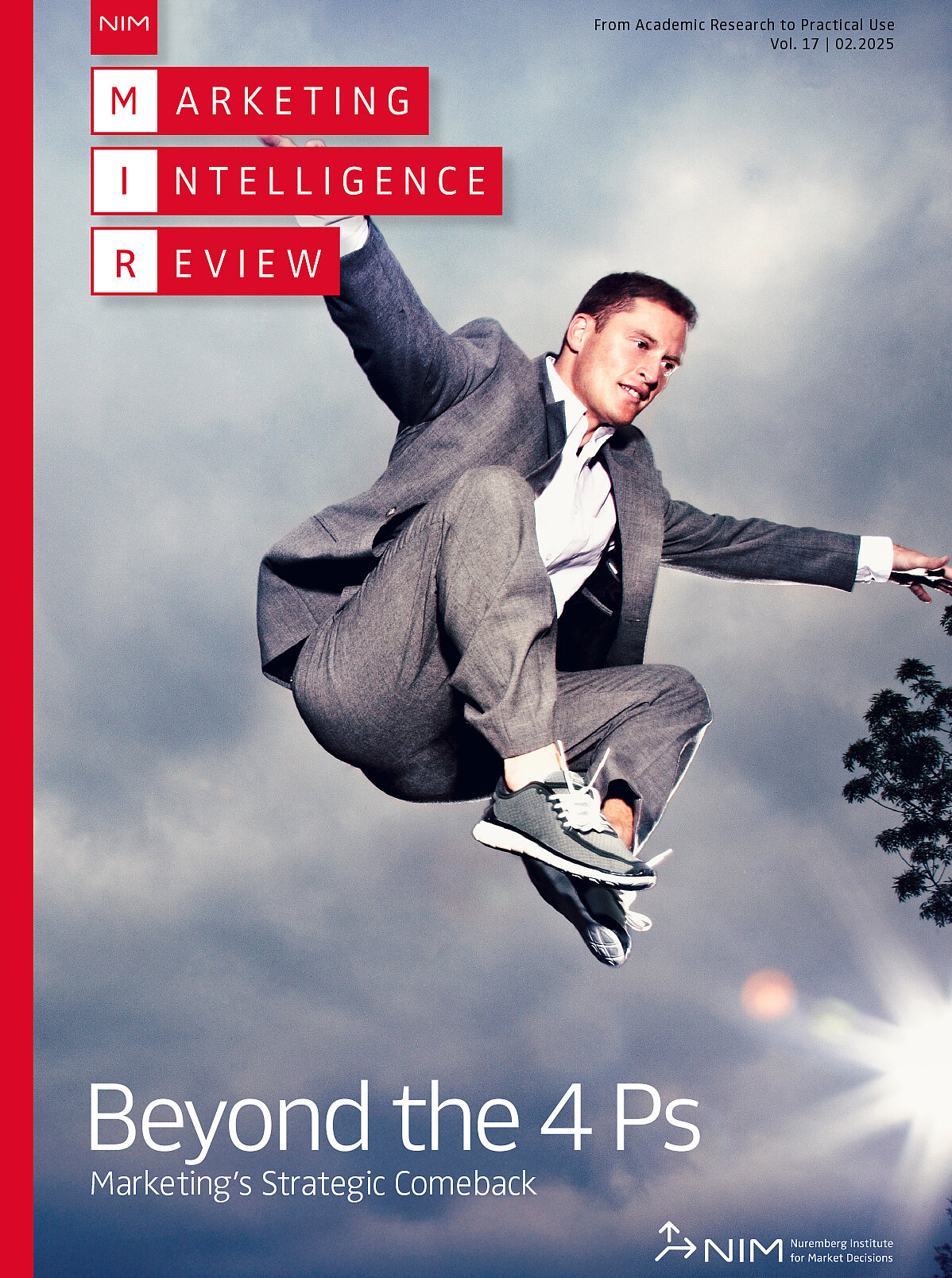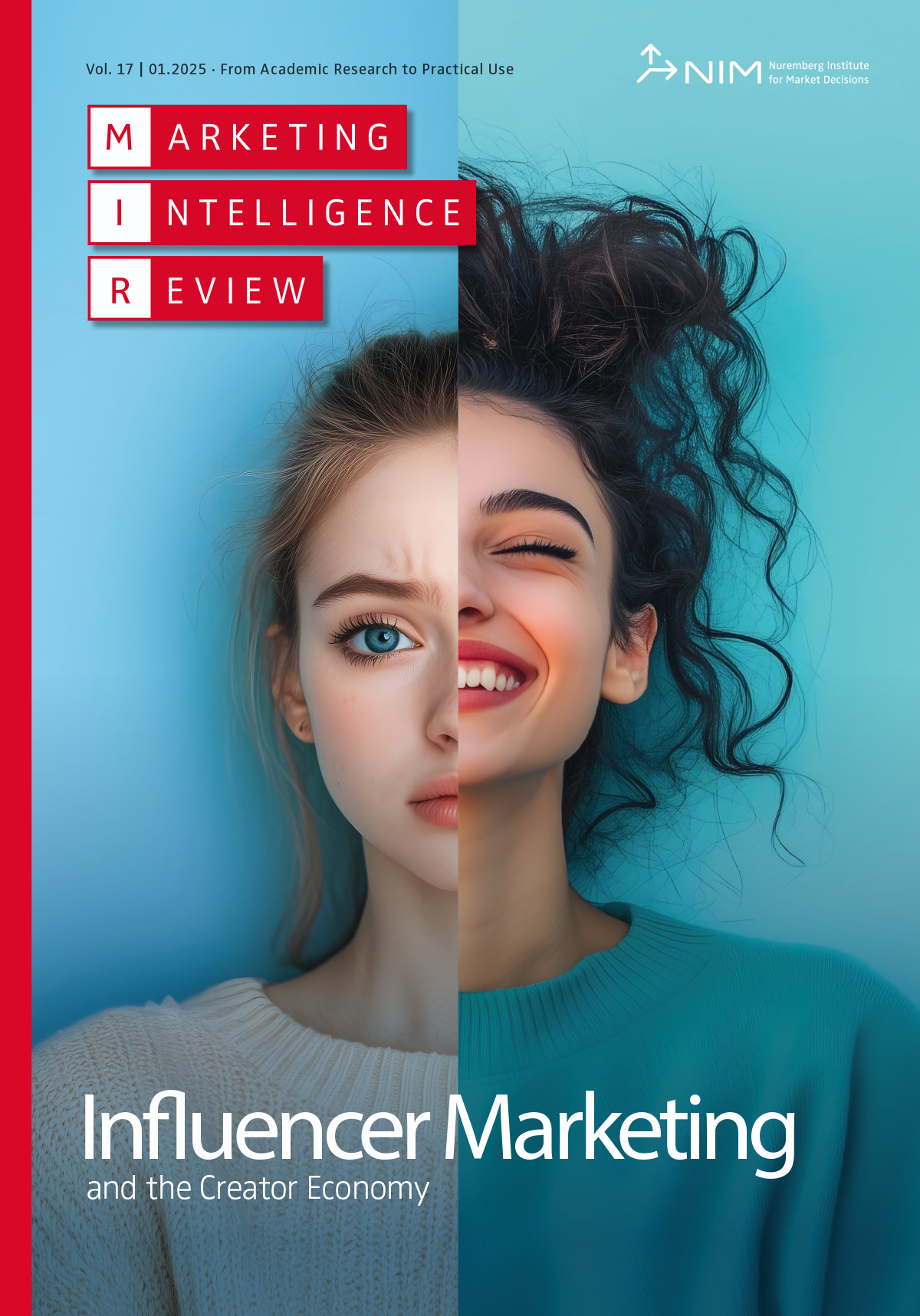Here Comes the Hyper-Connected Augmented Consumer
Andrew T. Stephen
Consumers have become always on and constantly connected. Search costs have plummeted, individuals’ abilities to digitally express themselves and their opinions increased, and the opportunities for superior business and market intelligence for companies have skyrocketed. This has given rise to more, richer, and new sources of consumer data that marketers can leverage, and has fueled the data-driven insights revolution in marketing.
But there is more to come very soon. In marketing, we are quickly moving from the age of the connected consumer to the age of the augmented consumer. New technologies like wearable devices, smart sensors, consumer IoT devices, smart homes, and, critically, artificial intelligence ecosystems will not only connect, but will substantially and meaningfully augment the consumer in terms of their thoughts and behaviors.
The biggest challenge for marketers will lie in how they approach marketing to this new type of consumer, particularly personal artificial intelligence ecosystems. This means marketing to algorithms, instead of people, and that is very different to how most marketing work is currently done.

![[Translate to English:] [Translate to English:]](/fileadmin/_processed_/2/0/csm_dubois_vol_9_no_2_detusch_cda04f01bf.png)
![[Translate to English:] [Translate to English:]](/fileadmin/_processed_/6/2/csm_bart_vol_9_no_2_deutsch_6d361b8c97.png)
![[Translate to English:] [Translate to English:]](/fileadmin/_processed_/6/4/csm_fossen_schweidel_vol_9_no_2_deutsch_2cce821711.png)
![[Translate to English:] [Translate to English:]](/fileadmin/_processed_/f/5/csm_andrews_vol_9_no_2_deutsch_4495f2b791.png)
![[Translate to English:] [Translate to English:]](/fileadmin/_processed_/6/2/csm_muchnik_goldenberg_vol_9_no_2_deutsch_cb2bc47aee.png)
![[Translate to English:] [Translate to English:]](/fileadmin/_processed_/3/1/csm_9_2_ahmad_12a9421f04.jpeg)
![[Translate to English:] [Translate to English:]](/fileadmin/_processed_/1/4/csm_kecskes_vol_9_no_2_deutsch_64a08d6206.png)


